Table of content
Lamb dishes have been a staple in culinary traditions across the globe for centuries, offering a rich, flavorful, and versatile meat option that can be prepared in numerous ways. From hearty stews and roasts to grilled chops and delicate shanks, lamb offers a unique texture and taste that pairs beautifully with a wide array of spices, herbs, and cooking methods. In this comprehensive guide, we will explore both traditional and innovative cooking techniques for lamb, highlighting the diverse flavors and cultural influences that have shaped these dishes over time.
Introduction to Lamb Cooking
Lamb, derived from sheep that are typically younger than one year old, is known for its tender, juicy, and slightly sweet flavor. The meat’s mild taste makes it an excellent canvas for a variety of seasonings and cooking styles. Lamb can be found in various cuts, each suited to different cooking methods:
- Rack of Lamb: Tender and lean, ideal for roasting or grilling.
- Leg of Lamb: Larger and more flavorful, perfect for roasting or slow cooking.
- Shoulder of Lamb: Tougher but flavorful, best suited for slow cooking or braising.
- Lamb Chops: Tenderloin, rib, or shoulder chops, great for grilling or broiling.
- Ground Lamb: Versatile for meatballs, kebabs, or stuffed dishes.
Traditional Lamb Dishes Around the World
Lamb’s popularity spans continents, with each region offering its unique twist on preparing this beloved meat. Here are some classic lamb dishes from around the world:
Indian Lamb Curries
India’s rich culinary heritage boasts numerous lamb curry recipes, each with its own blend of spices. Rogan Josh, a Kashmiri dish, features lamb cooked in a tomato-based gravy with ginger, garlic, and a blend of spices including Kashmiri red chili powder, cardamom, and cinnamon. Lamb Korma is another popular curry, characterized by its creamy texture and mild, aromatic flavors from coconut milk, yogurt, and a blend of ground spices.
Greek Moussaka
Moussaka, a Greek casserole, is a hearty dish that combines layers of tender lamb, eggplant, and potatoes, topped with a creamy béchamel sauce and baked until golden brown. The lamb is often slow-cooked with tomatoes, onions, garlic, and cinnamon, creating a rich and flavorful base for the dish.

Middle Eastern Lamb Kebabs
Lamb kebabs, known as Kofte in Turkey and Kebab in other Middle Eastern countries, are a staple of street food and family gatherings. Ground lamb is mixed with onions, garlic, parsley, and spices such as cumin, paprika, and allspice, then formed into patties or skewers and grilled to perfection. These kebabs are often served with pita bread, yogurt sauce, and fresh vegetables.
Moroccan Tagine
Moroccan tagine is a slow-cooked stew named for the clay pot it’s traditionally cooked in. Lamb tagine features tender meat cooked with tomatoes, onions, garlic, ginger, and a blend of spices including cinnamon, saffron, and ras el hanout. The dish is often served with couscous or bread to soak up the fragrant sauce.
Italian Lamb Stew (Agnello Cacciatore)
Agnello Cacciatore, an Italian hunter’s stew, is a hearty dish made with lamb shoulder or leg, tomatoes, onions, bell peppers, garlic, and herbs such as rosemary and thyme. The lamb is braised slowly until tender, resulting in a rich, flavorful stew that’s perfect for a cold winter day.
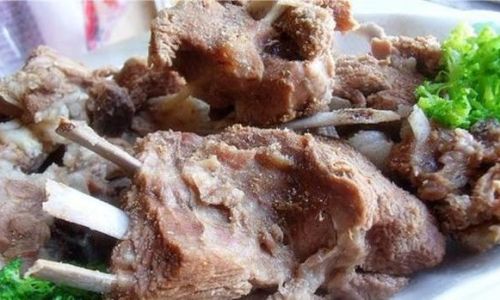
Innovative Lamb Cooking Techniques
While traditional lamb dishes hold a special place in culinary history, modern cooks are constantly exploring new techniques and flavors to elevate this versatile meat. Here are some innovative approaches to lamb cooking:
Sous-Vide Lamb
Sous-vide cooking, which involves sealing food in a vacuum-sealed bag and cooking it in a water bath at a precise temperature, is revolutionizing the way lamb is prepared. This method allows for perfect doneness and texture, as well as the ability to cook lamb to a specific temperature without overcooking. Lamb shoulder or leg can be sous-vide cooked for hours until tender and flavorful, then finished on the grill or under a broiler for a crispy exterior.
Lamb Tacos
Inspired by Mexican cuisine, lamb tacos are a delicious fusion of flavors. Ground lamb is seasoned with cumin, chili powder, garlic, and cilantro, then cooked until tender. The meat is served in soft or hard shell tacos topped with fresh salsa, avocado, shredded cheese, and a squeeze of lime. Lamb tacos offer a unique twist on traditional taco fillings and are perfect for a casual dinner or party.
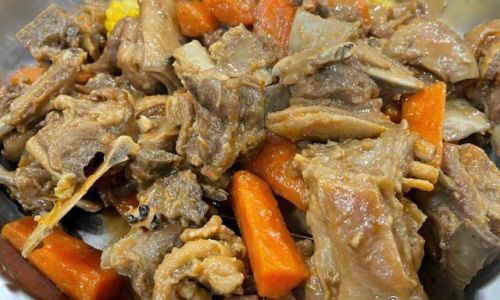
Lamb and Vegetable Stir-Fry
Stir-frying lamb with a variety of vegetables is a quick and healthy way to enjoy this meat. Thinly sliced lamb shoulder or leg is cooked with bell peppers, broccoli, snap peas, and carrots in a hot wok with a bit of oil and a sauce made from soy sauce, garlic, ginger, and brown sugar. This dish is perfect for busy weeknights and offers a fresh, light flavor profile.
Lamb and Polenta
Lamb and polenta is a comforting, hearty dish that combines tender lamb with creamy polenta. Lamb shoulder or leg is braised until tender with tomatoes, onions, garlic, and herbs, while polenta is cooked until creamy and smooth. The braised lamb is served over the polenta, creating a satisfying meal that’s perfect for colder weather.
Lamb Burgers
Lamb burgers are a delicious alternative to beef burgers and offer a unique flavor profile. Ground lamb is seasoned with salt, pepper, garlic powder, and cumin, then formed into patties and grilled or broiled until cooked to your liking. Lamb burgers can be served with a variety of toppings, such as feta cheese, tzatziki sauce, arugula, and tomatoes, making them a versatile and delicious option for summer barbecues.
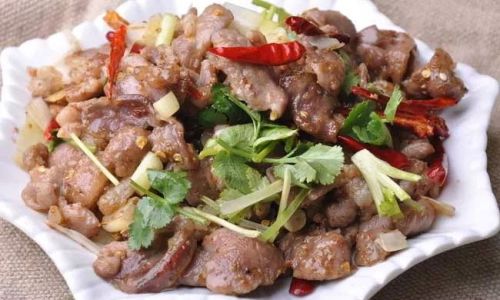
Tips for Cooking Lamb
When cooking lamb, there are a few key tips to ensure success:
- Trim Fat: Lamb can be quite fatty, so it’s important to trim excess fat before cooking to prevent the dish from becoming too greasy.
- Season Well: Lamb pairs well with a variety of spices and herbs, so don’t be afraid to season generously. Salt, pepper, garlic, rosemary, and thyme are classic choices.
- Cook to the Right Temperature: Lamb can be cooked to various levels of doneness, from rare to well-done. Use a meat thermometer to ensure the internal temperature reaches your desired level.
- Rest the Meat: After cooking, let the lamb rest for a few minutes before slicing. This allows the juices to redistribute, resulting in a juicier, more tender dish.
Conclusion
Lamb dishes offer a world of flavors and cooking techniques that cater to a wide range of tastes and preferences. From traditional stews and roasts to innovative tacos and burgers, lamb is a versatile meat that can be enjoyed in countless ways. Whether you’re a seasoned chef or a home cook looking to try something new, there’s a lamb dish waiting for you to discover. With its rich history and diverse cultural influences, lamb continues to be a beloved staple in culinary traditions around the globe.
As you explore the world of lamb cooking, don’t be afraid to experiment with different cuts, spices, and cooking methods. The beauty of lamb lies in its ability to take on a variety of flavors and textures, making it a perfect canvas for your culinary creativity. Whether you’re preparing a hearty stew for a cold winter night or a light, fresh stir-fry for a summer dinner, lamb dishes are sure to delight your taste buds and satisfy your hunger.
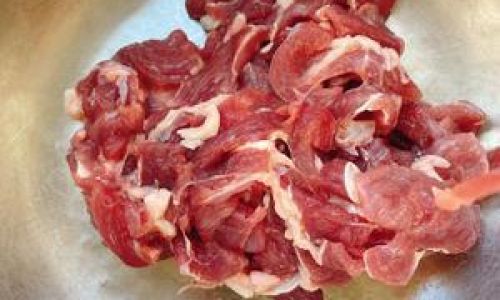
In addition to its delicious flavor, lamb is also a nutritious choice, providing high-quality protein, essential vitamins, and minerals. So, as you embark on your lamb cooking journey, remember that you’re not only treating your taste buds but also nourishing your body. Happy cooking, and enjoy the culinary wonders of lamb!

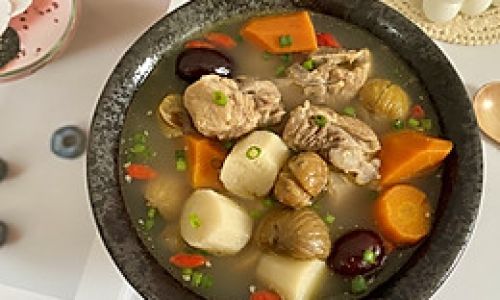
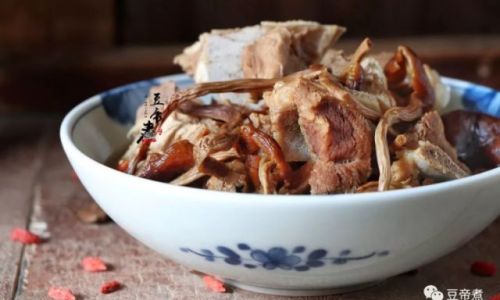



0 comments